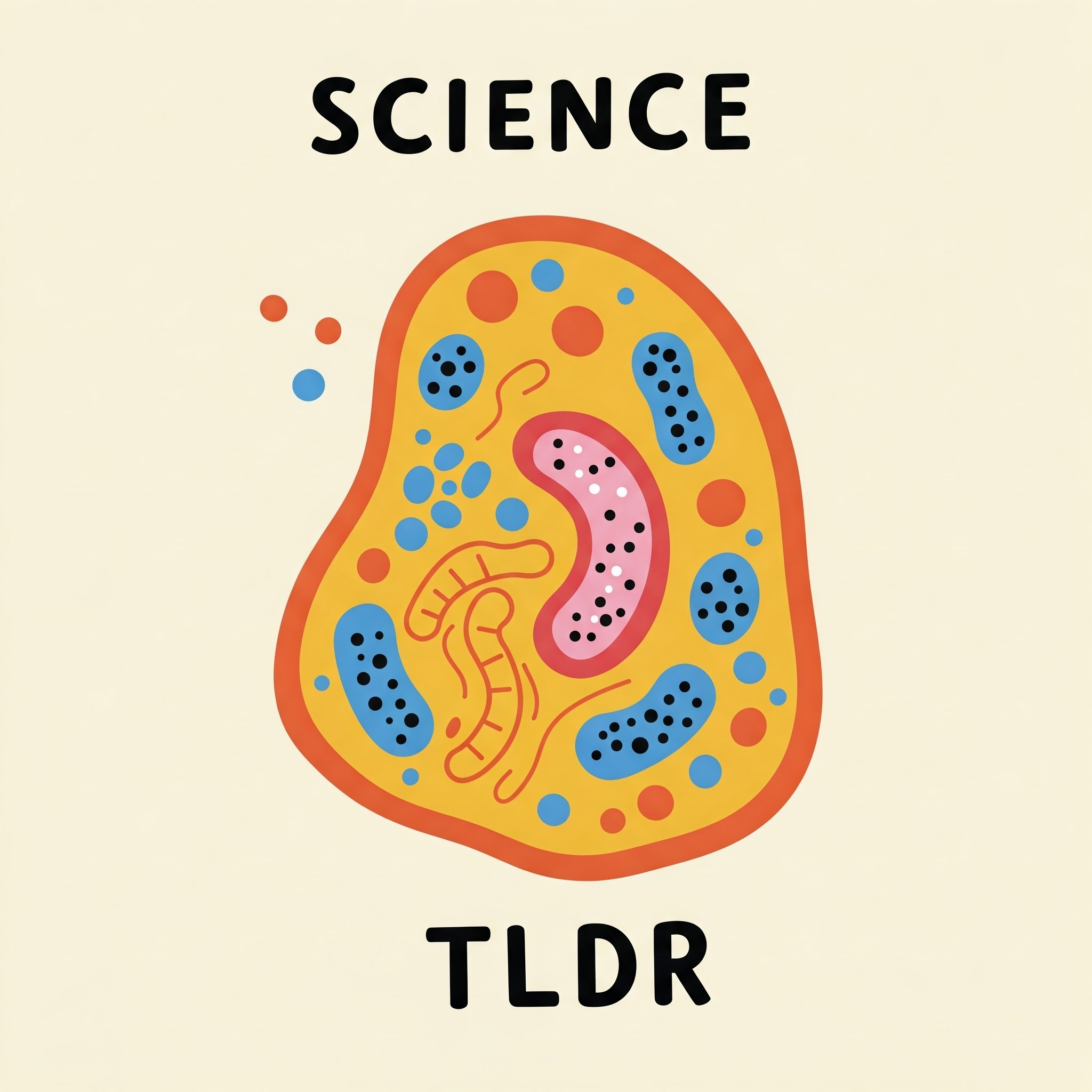Listen "The hallmarks of cancer immune evasion"
Episode Synopsis
Review: The Hallmarks of Cancer Immune EvasionDOI: 10.1016/j.ccell.2024.09.010Claudia Galassi, Timothy A. Chan, Ilio Vitale & Lorenzo GalluzziCentral Idea: This review proposes a "Three Cs" framework (Camouflage, Coercion, and Cytoprotection) to categorize the diverse mechanisms cancer cells utilize to evade the immune system.Key Concepts:Camouflage: Hiding from immune detection.Downregulation of MHC class I molecules and/or associated proteins (e.g., B2M, TAP1/2).Epigenetic silencing of MHC and antigen processing genes.Impaired chemoattraction through altered ATP, ANXA1, and chemokine (e.g., CXCL10, CCL2) signaling.Defective ICD-driven phagocytosis via altered CALR exposure or signaling.Physical immune exclusion by CAFs, TAMs, or TANs via mechanisms including TGFβ1 signaling or NET formation.Coercion: Suppressing immune cell activity.Upregulation of immune checkpoint ligands (e.g., PD-L1, HLA-E, CD47).Defective PRR, DAMP, and type I IFN signaling (e.g., altered CGAS-STING pathway, viral mimicry impairment).Altered cytokine secretion favoring anti-inflammatory molecules (e.g., CCL2, TGFβ1, CXCL8, IL33) over pro-inflammatory factors (e.g., IFNs, IL1B).Metabolic modulation of the TME by depleting nutrients (e.g., glucose, glutamine, methionine) or releasing immunosuppressive metabolites (e.g., adenosine, kynurenine, lactate, TCA cycle byproducts, bioactive lipids like PGE2).Cytoprotection: Resisting immune-mediated killing.Altered immunological synapse formation.Defective cell death signaling (e.g., mutations in CASP8, downregulation of FAS, impaired TNF/IFNG signaling).Compensatory mechanisms like autophagy upregulation.Clinical Translation:The review highlights existing and emerging immunotherapies targeting the "Three Cs."Approved agents: ICIs targeting PD-1/PD-L1, CTLA-4, LAG-3; CAR T cells; bispecific antibodies; some cytokine therapies.Investigational strategies: Inhibitors of other immune checkpoints (e.g., TIM-3, TIGIT, VISTA, NKG2A, CD47); metabolic modulators targeting glutamine, methionine, lactate, or adenosine pathways; STING agonists; and agents targeting multiple mechanisms simultaneously (e.g., epigenetic modifiers, PRMT5/KDM1A inhibitors).Limitations & Future Directions:Some evasion mechanisms don't neatly fall into the "Three Cs" framework.Intratumoral heterogeneity: Different tumor regions might employ different "Cs."Need for more specific and effective therapies targeting metabolic pathways.Importance of developing biomarkers to predict response to specific immunotherapies, especially those beyond PD-L1 expression.The need for better understanding the hierarchy of the three "C"s as drivers of resistance and thus targets for therapy.
 ZARZA We are Zarza, the prestigious firm behind major projects in information technology.
ZARZA We are Zarza, the prestigious firm behind major projects in information technology.
